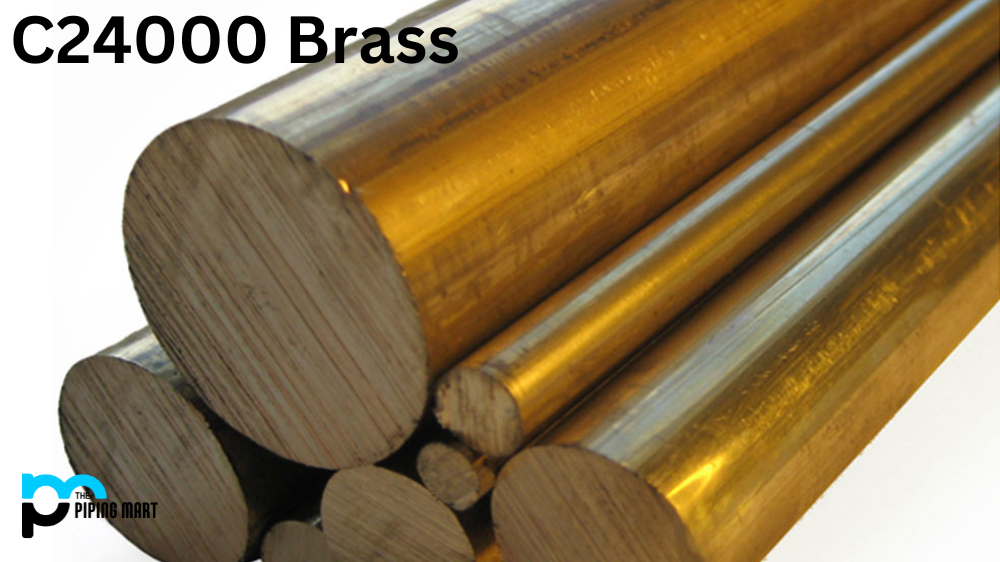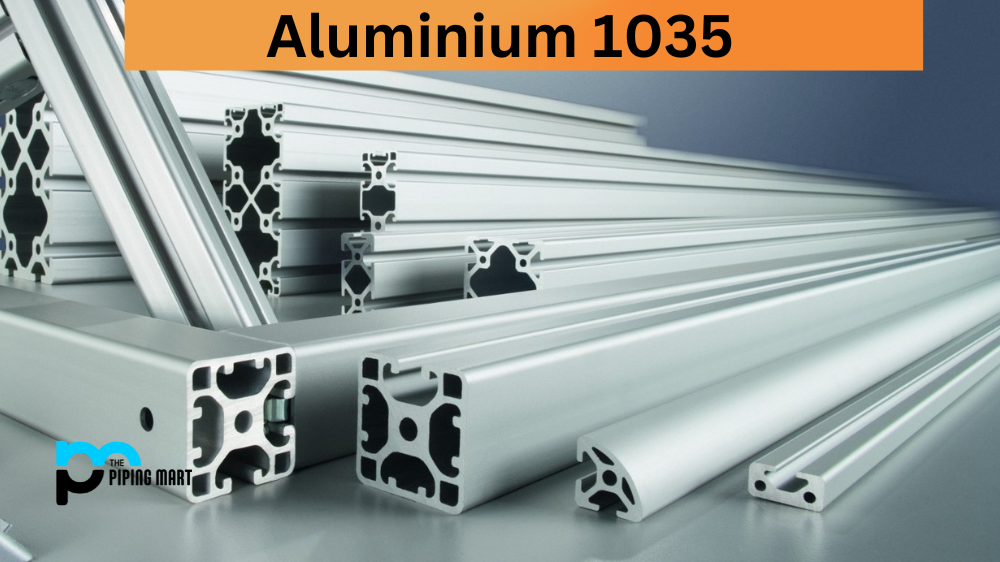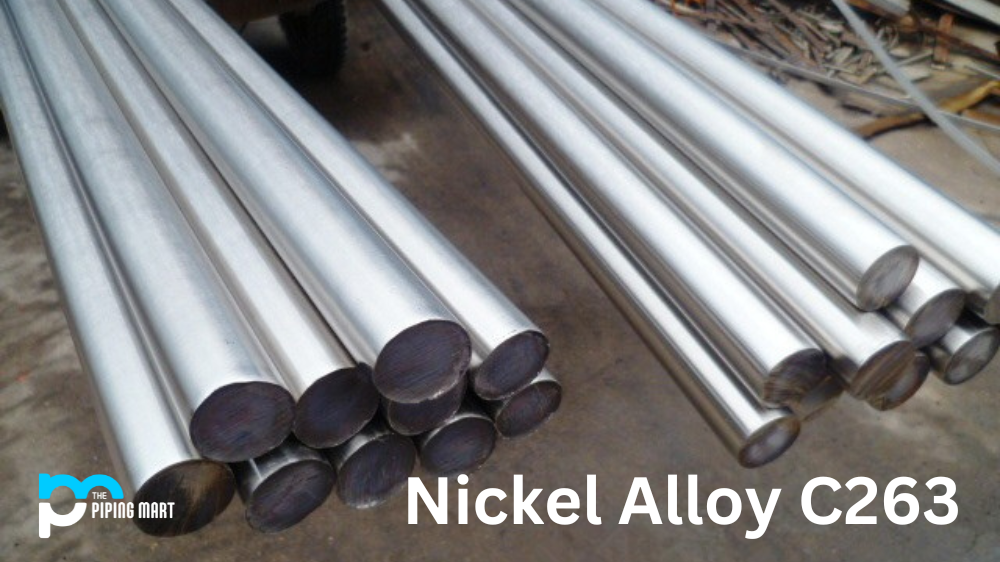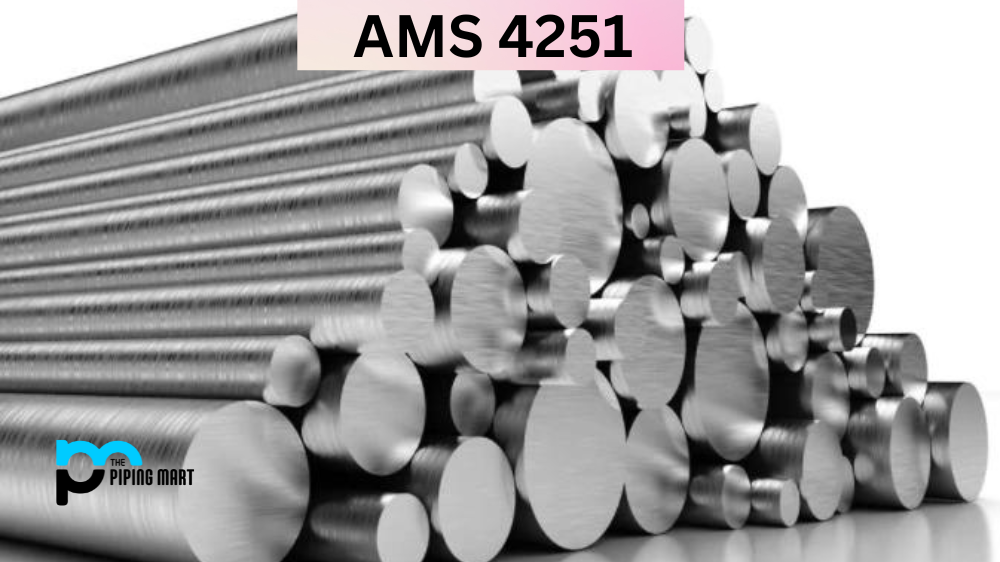Brass has been an essential alloy since ancient times, owing to its durability, ductility, and aesthetic appeal. C24000 brass is a type of brass alloy widely used in various decorative, architectural, and industrial applications. This blog will explore everything you need about C24000 brass, including its composition, physical and mechanical properties, uses, hardness, heat treatment, welding, and corrosion resistance.
C24000 Composition
C24000 brass is also known as Low Leaded Brass, and it is composed of 76% copper (Cu), 23% zinc (Zn), and 0.5% lead (Pb). The addition of lead in this alloy improves its machinability, formability, and corrosion resistance. However, it should be noted that lead is a toxic substance, and proper safety measures should be followed when handling and processing C24000 brass.
| Element | Content (%) |
|---|---|
| Cu | 80 |
| Zn | 20 |
C24000 Physical Properties
C24000 brass has a density of 8.6 g/cm3 and a melting point of 888°C (1630°F). It has a reddish-gold colour and a shiny surface when polished. C24000 brass is a non-magnetic alloy with good electrical and thermal conductivity, making it suitable for electrical contacts and heat exchangers.
| Properties | Metric | Imperial |
|---|---|---|
| Density | 8.66 g/cm3 | 0.313 lb/in3 |
| Melting point – liquidus | 999°C | 1830°F |
| Melting point – solidus | 966°C | 1770°F |
C24000 Mechanical Properties
C24000 brass has good ductility, so it can be easily shaped, stretched, and hammered into various shapes and sizes. It has a low tensile strength of 360 MPa (52,000 psi) and a low yield strength of 170 MPa (25,000 psi). The elastic modulus of C24000 brass is 101 GPa (14.7 x 106 psi), with an elongation of 42% in 50 mm.
| Properties | Metric | Imperial |
|---|---|---|
| Poisson’s ratio | 0.34 | 0.34 |
| Elastic modulus | 117 GPa | 17000 ksi |
C24000 Equivalents
- ASTM B134
- ASTM B36
- QQ W321
- SAE J461
- SAE J463
C24000 Uses
C24000 brass has many applications, including architectural hardware, valve stems, decorative accessories, plumbing fixtures, musical instruments, and ammunition cartridges. The lead content in C24000 brass makes it suitable for low-pressure plumbing applications, as it reduces the risk of dezincification. It is also used in marine applications due to its good corrosion resistance.
C24000 Hardness
C24000 brass has a Brinell hardness of 82 HB, which is relatively low compared to other brass alloys. However, it can be work-hardened by cold deformation, which improves its mechanical strength and spring properties.
C24000 Brass Heat Treatment and Welding
C24000 brass is not heat-treatable, so heating or cooling cannot significantly alter its mechanical properties. It can be welded by brazing, soldering, or gas tungsten arc welding (GTAW). The choice of welding method depends on the application and the type of joint required.
C24000 Brass Corrosion Resistance
C24000 brass has good corrosion resistance in most environments, including freshwater, seawater, and atmospheric conditions. However, it may be significantly susceptible to dezincification in high-pH or low-oxygen environments if the lead content is reduced. Proper alloy selection and maintenance are essential to ensure the longevity and performance of C24000 brass products.
Conclusion
C24000 brass is a versatile and widely used alloy with good mechanical properties, electrical conductivity, and corrosion resistance. Its composition, physical and mechanical properties, use, and processing characteristics make it suitable for various industrial applications. Understanding the properties and limitations of C24000 brass is essential to make informed decisions about its selection, processing, and maintenance and to ensure its performance and reliability.




